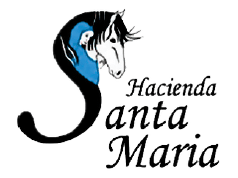Spring is an exciting time in the equestrian world, especially for Paso Fino owners: As the days get longer and we experience warmer weather, Paso Fino and other horse enthusiasts know that trail riding season is just around the corner, bringing with it a sense of freedom and adventure. However, before you venture into the great outdoors together, it’s crucial to create a plan for transitioning your horse from winter to spring – especially if you plan to compete with your Paso Fino. To prepare your Paso Fino for spring, and for a safe and successful riding season, you’ll needby ensuring your horse is in good health, they’re protected them from pests and other hazards, and their diet is properly adjusted to support increased activity.
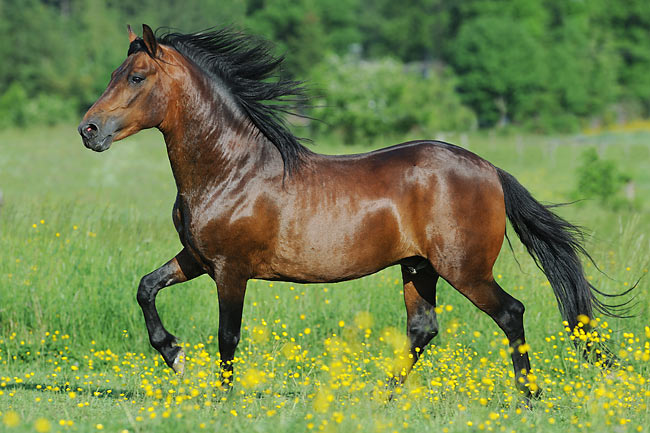
Check out the guide below for some quick tips on how to get your horse ready for spring:
Springtime Horse Health Evaluation
Spring is a great time to schedule your horse’s annual physical exam. Arrange a spring health check with your veterinarian to assess your horse’s overall health, including their weight, skin and coat condition, hoof soundness, and dental health. Spring is the ideal time to look for potential digestive issues, perform routine deworming, and have your horse’s teeth floated (cleaned and filed), making sure they are ready for increased access to forage. You can also use this opportunity to discuss your upcoming training or competition plans with your vet and get advice on feeding, conditioning, and hoof care.
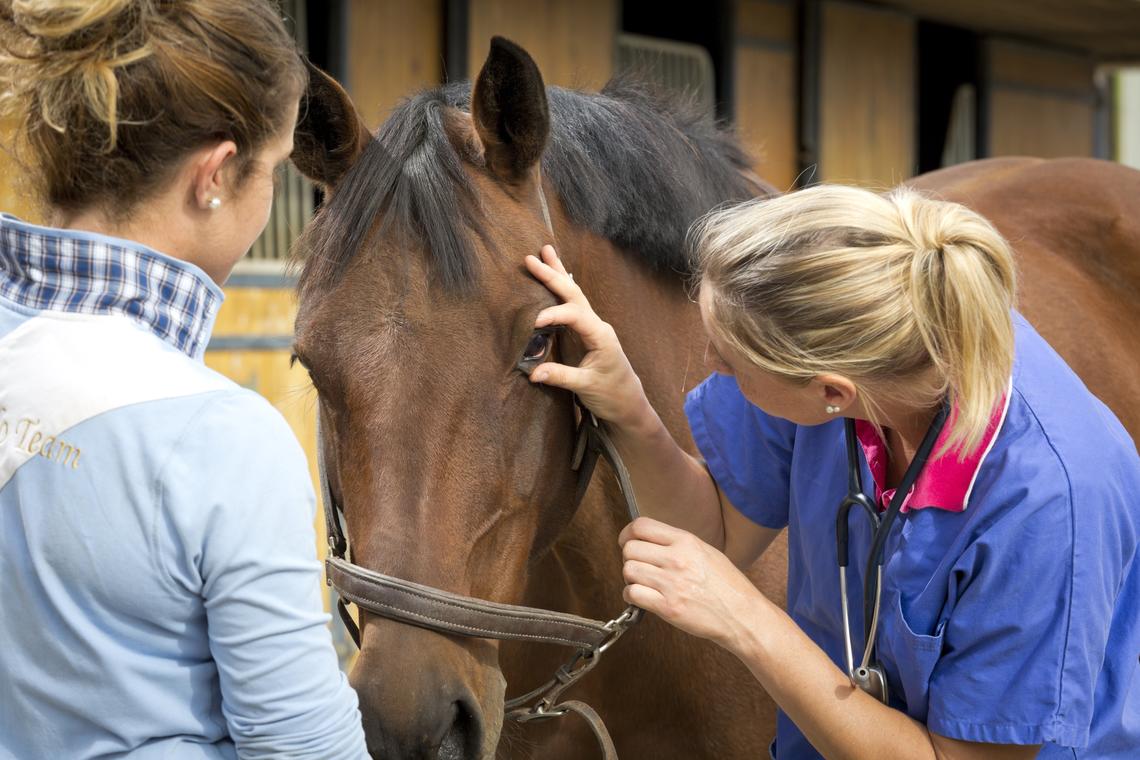
Vaccination Schedule
Just like humans, horses are vulnerable to diseases spread by common pests, such as ticks and mosquitoes. Review your horse’s vaccination schedule with your veterinarian and ensure they are up to date on essential vaccinations for diseases prevalent in your area. In Ontario, recommended equine vaccines include tetanus, rabies, West Nile Virus, Eastern Equine Encephalitis, Equine Herpes Virus, Equine Influenza, and Strangles.
Remember to let your vet know if you plan on travelling with your horse, as other vaccines may be needed to keep your horse safe, depending on your destination. Your vet can work with you to develop a vaccination schedule tailored to your horse’s specific needs.
Prepare Your Paso Fino for Spring Nutrition and Diet Adjustments
Paso Finos are well-known for being “easy keepers,” meaning they can often maintain good body condition on limited forage – a testament to their history as hardy ranch horses. However, this trait can also predispose Paso Finos to metabolic and/or digestive issues, such as laminitis or colic, when forage is too abundant or high in calories. As such, it’s important to moderate and manage their access to spring grass, which is higher in natural sugars and starch than other types of forage. Talk to your vet (or an equine nutritionist) to determine the best time to graze your horse, for how long, and which steps (if any) you should take to restrict access to high-starch forage.
When you begin conditioning and training your Paso Fino, you may need to adjust their diet to include more protein-rich foods, such as alfalfa hay. If you need to increase your horse’s food intake to meet their caloric needs during competition season, do so slowly to avoid digestive issues. On the other hand, if your horse is only moderately active during the warmer months, you may need to reduce the amount of hay and concentrate feed provided to compensate for increased access to forage.
Likewise, it’s crucial to remember that dehydration becomes a more significant concern during the warmer months, especially for active horses. While horses typically need about five gallons of water per day to remain healthy, this requirement can triple for horses working in hot weather. Always ensure your horse has access to plentiful water and provide them with a salt block (or mineral salts) and supplemental equine electrolytes to further protect against dehydration. Recommended all-natural products include Redmond Rock on a Rope, Redmond Rock Crushed, and Redmond Electrolytes. Electrolytes should be given before travel, before and after periods of high activity, and during hot weather, especially if you see your horse sweating profusely. However, experts typically advise against giving horses electrolytes every day as this can lead to excessive mineral consumption.
Grooming, Hoof and Coat Care
Spring Grooming Considerations
As the temperatures rise, horses begin shedding their winter coats. You can help your horse stay comfortable (shedding can be an itchy process) and reveal their sleek summer coat faster with regular grooming. Invest in grooming gloves to curry their coat more efficiently and scratch itchy spots. A grooming block and shedding blade can also help remove excess hair from shedding horses. When using a shedding blade, remember to work gently and avoid sensitive areas, such as the face, legs, and any places where the skin is close to the bone, such as over the shoulder blades.
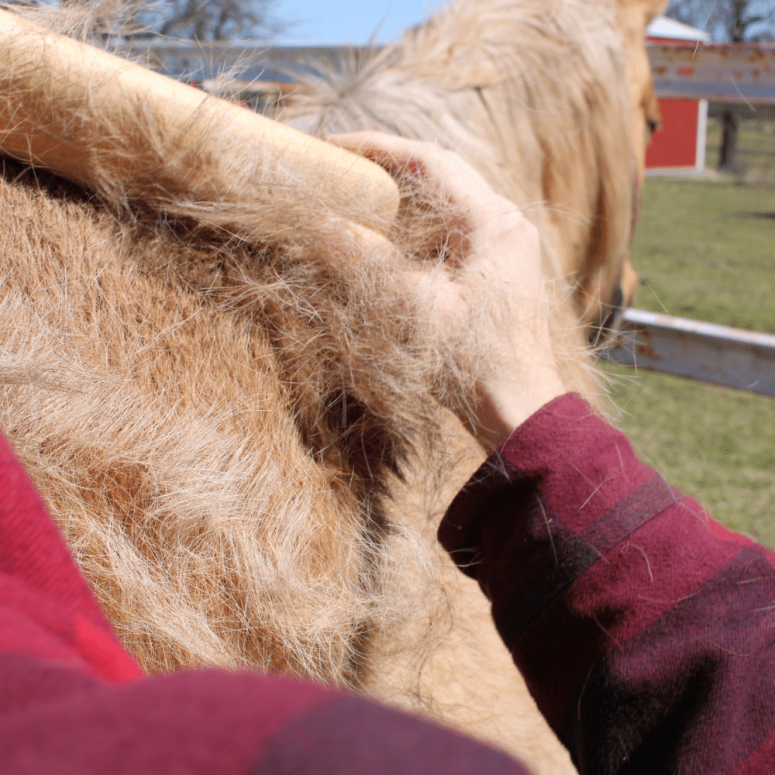
Grooming your horse regularly during the shedding season prevents matting, removes pests, and increases airflow to the skin, ensuring a healthier, shinier coat. The best time to groom a shedding horse is typically after exercise; not only will doing so keep your horse clean, but sweat and mud also make hair removal easier.
Good hoof care is also essential during spring, especially in Ontario, where damp conditions are prevalent at this time of year. Moisture can get trapped in your horse’s long winter coat, where it sticks to the legs and hooves, providing the perfect breeding ground for bacteria. Inspect your horse’s legs and hooves regularly, pick their hooves daily, and shampoo and dry their legs following exposure to wet conditions. You should schedule an appointment with a farrier to get your horse’s hoofs professional checked.
Finally, don’t forget to clean and inspect your tack and equipment leading up to riding season. Wash and sanitize your horse’s combs, brushes, and blankets, and check saddles, bridles, and other riding equipment for signs of wear or damage. For more details on grooming care, check out this article.
Protect Your Horse From the Sun and Pests
All horses are susceptible to sunburn, but owners of Paso Finos with white markings or a paint or pinto coat should take extra precautions with sun exposure as horses with pink skin burn more easily. To keep your horse safe in the summer, ensure they have access to ample shade (ideally from both trees and a man-made shelter), especially during the hottest parts of the day. Apply equine-formulated sunscreen to exposed areas of your horse’s skin (such as the nose, ears, and pink areas) and consider turning out your horse during cooler parts of the day, such as early morning or evening, to minimize sun exposure during peak sun hours.
To keep flies, mosquitoes, and other biting insects at bay, place lightweight fly sheets over your horse’s body before they go outside, especially at dawn and dusk. (Look for UV-resistant sheets for added protection against sunburn.) Apply horse-safe insect repellents regularly (such as Pyranha fly spray for flying insects and Ultrashield Red for ticks) to help deter insects from bothering your horse. When the number of biting insects is especially high, consider using fly masks and leg wraps to safeguard sensitive areas like the face and legs.
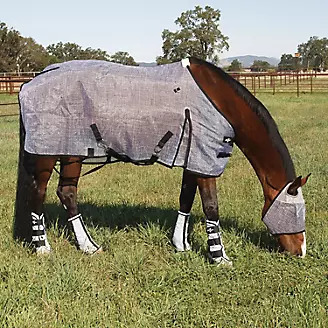
Good stable management can also reduce the amount of insects on your property. Keep your horse’s living area clean and well-maintained to reduce opportunities for flies and other pests to reproduce. Regularly remove manure, clean water troughs, and eliminate standing water where insects can breed.
Get Your Horse Back Into Shape With Exercise and Conditioning
Gradually reintroduce your horse to regular exercise routines if they have been less active over the winter. Start with light exercise (such as 10 minutes of walking under the saddle each day) and gradually increase intensity to build fitness safely. Over several weeks, slowly build up to exercising in 30-minute intervals that include faster gaits (i.e., the Paso Corto, Paso Largo, and canter). Easing into training will allow your horse’s muscles and cardiovascular system to adapt and help to prevent injury.
Some helpful exercises for conditioning include:
Longeing: Longeing is a great exercise for improving your horse’s flexibility, balance, and muscle tone, especially after periods of inactivity. During longeing, the horse is guided on a lead in a circular pattern, often transitioning between gaits. The circle may be extended and brought in at regular intervals, and the horse may be asked to transition between gaits.
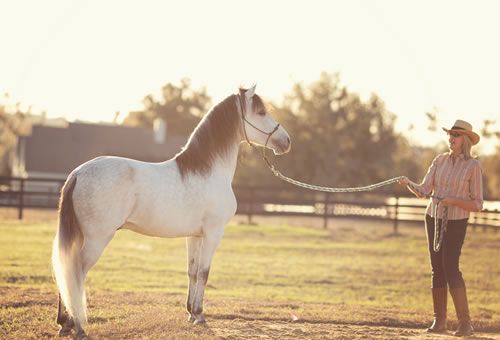
Hill Work: Incorporating hill work into your horse’s routine helps develop strength in their hindquarters, back, and core muscles. Start with just five minutes per day, working at a slow pace. As your horse gains strength, you can begin ascending the hill at a moderate pace (the Paso Corto or Paso Largo) and walking back down.
Interval Training: Alternating between periods of faster movement and slower recovery phases can improve your horse’s cardiovascular fitness and endurance. Try performing short Paso Corto, Paso Largo, and canter sets with longer rest intervals in between. Remember to give your horse a day to recuperate between interval training sessions.
Backing Up: Teaching your horse to back up not only improves their responsiveness to aids but also strengthens their hindquarters and back muscles. Start with small steps backwards and gradually increase the distance as your horse becomes more comfortable. Backing up is an especially useful skill for trail riding, as it allows you to move safely away from unexpected obstacles.
Lateral Exercises: Incorporating lateral exercises into your horse’s training regimen can help improve their balance, suppleness, collection, and overall body control. Some of the most popular lateral exercises for Paso Finos include:
- Shoulder-in: Moving the horse’s shoulders slightly off the track while travelling in a straight line.
- Leg yielding: Guiding the horse to move both forward and sideways with leg aids. The horse’s body should be flexed slightly away from the direction of travel (“yielding” to the rider’s leg).
- Turning on the forehand: Asking the horse to move their hindquarters around their front legs, which serve as a pivot.
- Half-pass: A lateral exercise wherein the horse moves diagonally across the arena with their body slightly bent in the direction of travel.
Pasture Management
Effective pasture management is essential for maintaining the health and well-being of horses, especially during the summer months. Before letting your horses out to graze in the spring, inspect pasture fencing for loose wires, broken posts, or gaps that could pose a risk to your horses. Perform repairs as necessary. At the same time, check any man-made shelters to verify they are structurally sound and capable of protecting your horse from sun exposure and inclement weather.
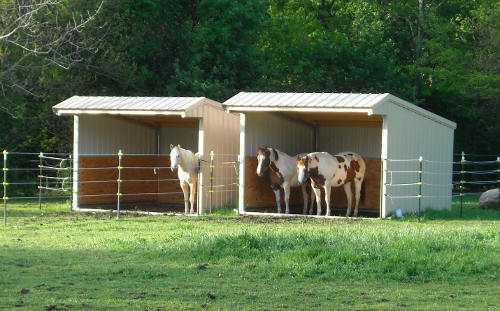
To preserve forage quality, harrow your property early in the spring to spread nutrients and discourage weeds. As the season progresses, continue mowing and harrowing every two to three weeks and conduct periodic soil tests to assess nutrient levels and pH balance. Adjust fertilization and lime applications based on soil test results to promote healthy grass growth.
Intermittent rest is also crucial to pasture health. Rotate your horses between different sections of pasture to allow grass to regrow and prevent overgrazing. (Give each grazing area 4-6 weeks of rest to allow grass to recover.) In addition to ensuring your horses have access to fresh, nutritious grass, resting pasture areas prevents soil compaction, which can lead to weed overgrowth and other problems.
As a final note, remember to perform routine checks of the water sources on your property (both provided and natural) – especially during hot, dry weather. Ensure water sources are not running low or contaminated with dirt, algae, bacteria, or breeding insects. Clean and disinfect your horse’s water tank, trough, and buckets often.
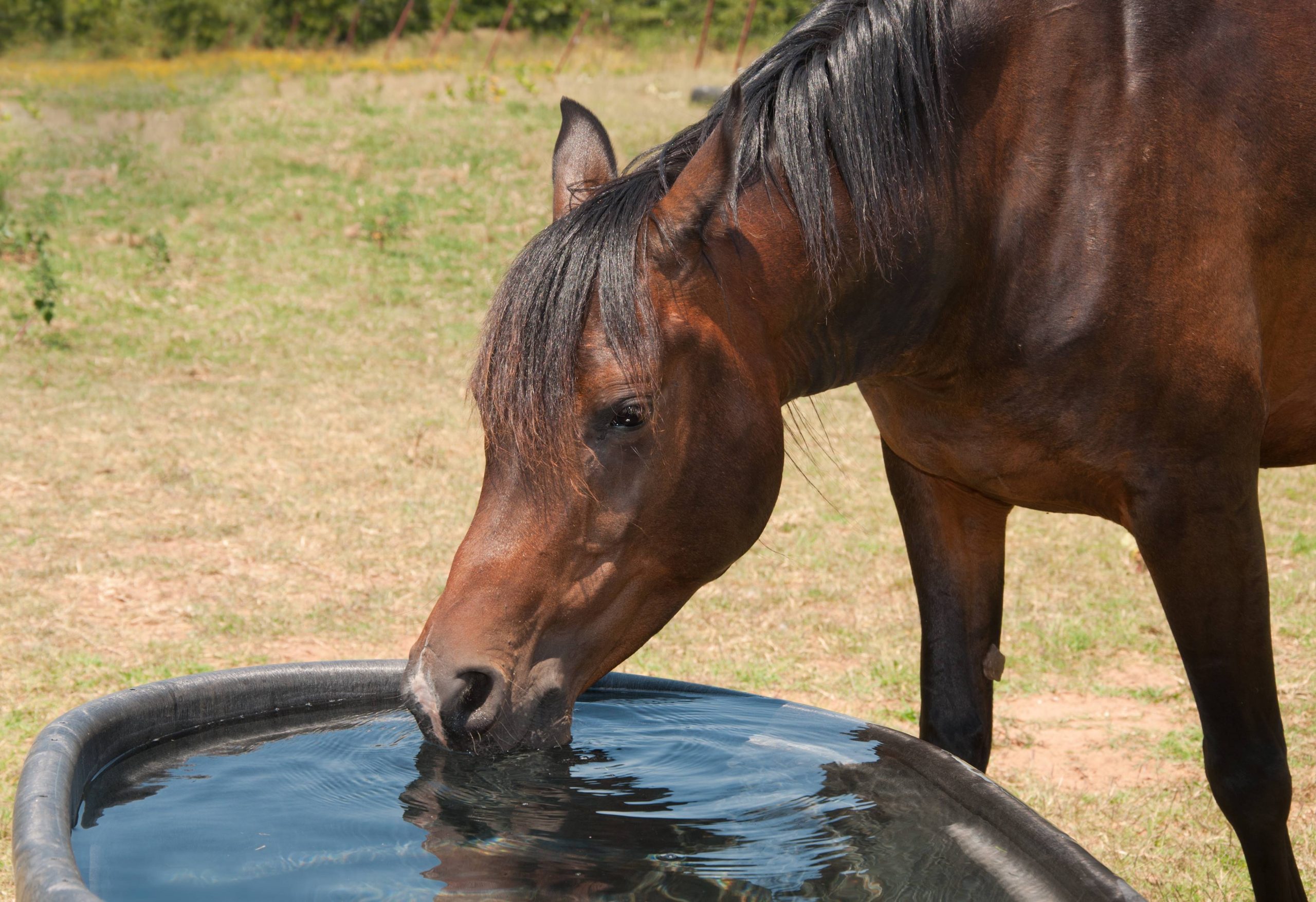
Conclusion
Spring is a time of new beginnings and possibilities for you and your Paso Fino horse. With careful preparation, conditioning, and training, you can create the ideal foundation for a successful, enjoyable competition or trail-riding season. Following the steps above will also protect your horse’s health and well-being, no matter where the warmer months take you.
For further guidance on how to look after Paso Fino horses, feel free to contact our farm, Hacienda Santa Maria. We are passionate Paso Fino enthusiasts who would be more than happy to share tips, resources, and advice for caring for the “smoothest riding horse in the world.” For more extensive resources and a larger network, consider joining the CPFHS, Canadian Paso Fino Horse Society, which regularly hosts events and meet-ups in Ontario, ensuring our community makes the most of spring and summer.
